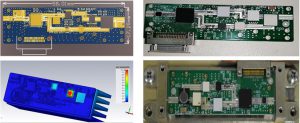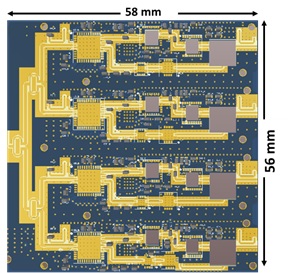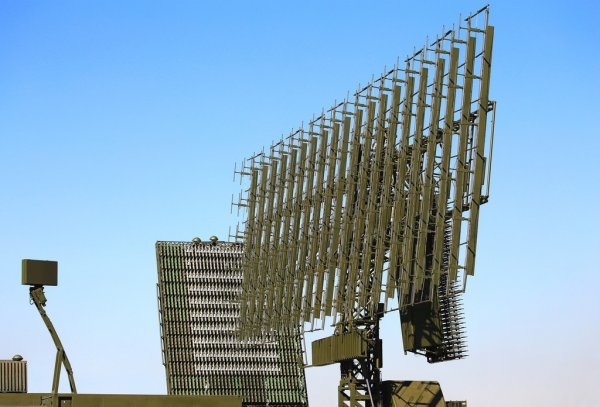Imagine an electronic system that could transmit and receive radio frequency signals from all directions while remaining in a fixed position. Phased array technology of today has made this possible in contrast to older systems that instead relied on mechanical rotation. Phased Arrays Systems are widely required in current and upcoming applications such as 5G mobile networks, satellite communication, automotive radars and defense & security applications.
These agile systems feature multi-function capability, graceful degradation, robustness and long operational life based on a key sub-component known as the transmit-receive module or the TR module (TRM). TR Modules could be thought of small LEGO blocks which when joined together to form the phased array system and are required in their tens, hundreds or even thousands depending on the application. These modules, therefore, constitute about 60% of the overall cost of the system so their indigenous development was a key motivation for submitting the 2-year grant application under the HEC – TTSF program.

The broad project objective is to design & develop an industrial level QTRM that is in-line with the international standards and is cost effective at the same time. The major project activities include system level design, followed by simulations and layout of the Quad-TRM (QTRM) which can be thought of a combination of four single TRMs. Once the design satisfies the design for manufacturability (DFM) standards, it will be fabricated, packaged and characterized for desired performance. The design activity shall take place at RIMMS-NUST with regular input from the industrial partner. RIMMS is one of the three post-graduate Institutes of NUST offering focused academic programs on RF & Microwave and Integrated Circuits and systems, conducting cutting-edge research supported by state-of-the-art lab facilities. The last two quarters of the proposed project are allocated for holding demos, engagement and marketing to potential customers and technology transfer for long term success of the effort.

We would like to thank Higher Education Commission of Pakistan (HEC) for funding support and NUST for providing the conducive environment to undertake such challenging but fulfilling research and development endeavors.
The author is an Associate Professor and Principal at Research Institute for Microwave and Millimeter-Wave Studies (RIMMS), National University of Sciences and Technology (NUST) and can be reached at [email protected].





